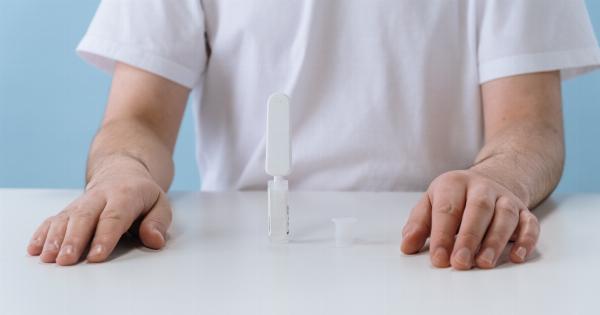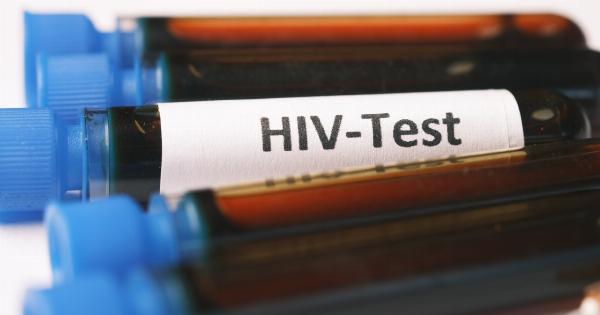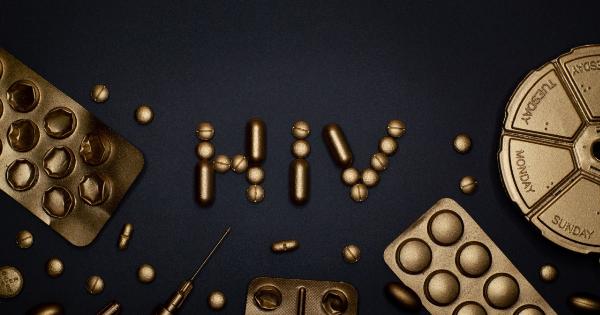Human Immunodeficiency Virus (HIV) is a serious global health concern that can lead to Acquired Immunodeficiency Syndrome (AIDS).
One of the most effective ways to prevent the transmission of HIV is through the proper use of condoms during sexual intercourse. Whether you’re just starting to use condoms or looking for a refresher, these tips will help ensure you’re using condoms correctly for maximum protection against HIV and other sexually transmitted infections (STIs).
1. Choose the right size
When selecting a condom, it is crucial to find the right size to ensure optimal effectiveness and comfort. Condoms that are too tight may break, while ones that are too loose may slip off during intercourse.
Try different sizes and brands to find the one that fits securely. Experimenting with various options can help you determine the best fit for you.
2. Check the expiration date
Before using a condom, always check the expiration date. Using an expired condom increases the risk of breakage and reduces its effectiveness in preventing HIV transmission.
Make a habit of checking the expiration date before opening the package to ensure you’re using a condom that is still within its recommended use period.
3. Store condoms properly
Proper storage of condoms is vital for maintaining their integrity. Keep your condoms in a cool, dry place away from direct sunlight, extreme temperatures, and sharp objects.
Avoid storing them in your wallet, as the friction and heat can deteriorate the quality of the condom. Additionally, never use condoms that have been previously exposed to sharp objects, such as keys or scissors, as they may have compromised the structural integrity.
4. Open the package carefully
When opening a condom package, use caution to prevent any damage. Avoid using your teeth or sharp objects, as they may tear or puncture the condom accidentally.
Gently tear the package from the corner or the designated notch, ensuring that the condom remains intact and undamaged. Do not use a condom if it appears to be ripped, torn, or brittle.
5. Pinch the tip
Before unrolling the condom, pinch the tip between your thumb and forefinger, leaving some space at the top. This step helps to eliminate any trapped air, preventing the condom from bursting during intercourse.
Failure to pinch the tip may lead to condom breakage due to the pressure built up within the condom during thrusting.
6. Unroll carefully
Once you’ve safely pinched the tip, unroll the condom onto the erect penis. Take care while unrolling to ensure it stays in place and completely covers the entire shaft. If the condom doesn’t unroll smoothly, it may be inverted.
In such cases, discard it and use a new one to maintain maximum protection.
7. Lubrication is key
Using lubrication during intercourse can greatly enhance pleasure and reduce the risk of condom breakage. Opt for water-based or silicone-based lubricants, as oil-based lubricants can weaken the latex and increase the chances of tearing.
Apply a small amount of lubricant on the outside of the condom for added comfort and smoother movement during sex.
8. Keep it on till the end
Keep the condom on until sexual activity has ended, and ejaculation has occurred. Withdraw the penis carefully while holding onto the base of the condom to ensure it doesn’t slip off inside the vagina, anus, or mouth.
Removal of the condom before ejaculation increases the risk of HIV transmission and STI contraction. If you plan on engaging in further sexual activity, replace the used condom with a new one to maintain protection.
9. Dispose of responsibly
After use, wrap the used condom in tissue paper, toilet paper, or a disposable bag, and discard it in a proper trash container. Avoid flushing condoms down the toilet, as they can cause blockages and sewage problems.
Proper disposal helps maintain hygiene and prevents the spread of infection.
10. Get tested regularly
While proper condom use greatly reduces the risk of HIV transmission, it is important to remember that condoms are not 100% foolproof.
It is crucial to get regularly tested for HIV, especially if you engage in high-risk sexual activities or have multiple partners. Regular testing can help detect the virus early and prevent further transmission.































